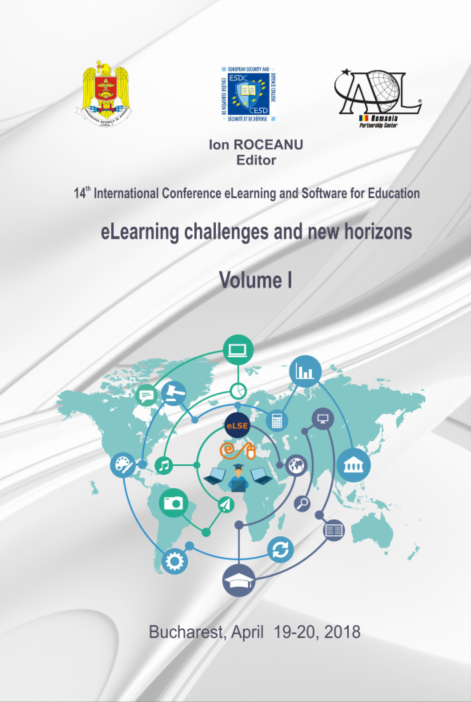Development of an Authoring Tool for Creating and Evaluating an Interactive e-Textbook
Development of an Authoring Tool for Creating and Evaluating an Interactive e-Textbook
Author(s): Elitsa IBRYAMOVA, Silyan ArsovSubject(s): Social Sciences, Education
Published by: Carol I National Defence University Publishing House
Keywords: Interactive Textbooks; E-Textbook; Interactive Learning; E-Books; Visual Effects; Instructional Design; Animation;
Summary/Abstract: Nowadays, students are used to work with devices such as tablets and smartphones whose touchscreens enable motion graphics and interactivity. Therefore, they expect teachers to respond to their needs and provide them learning material that will be able to grab their attention as presenting the information by a wide variety of means. Interactive electronic textbooks (e-textbooks) are not a simple and ordinary version of text that is presented in electronic format. They can be enhanced with audio-visual materials and the result of combining interactivity with textbooks is very effective and productive. E-textbooks are a tool that assists effectively both teaching and learning methods. Combining several teaching methods in one product will engage students in the learning process and help them to comprehend abstract concepts more efficiently. The purpose of this paper is to present the design of a complete authoring tool for creating and evaluating interactive e-textbooks that will facilitate educators in publishing electronic learning (e-learning) materials and getting feedback. The tool combines different learning methodologies and instructional design. The program system consists of three modules that are interconnected and implement two cycles. The first cycle refers to the instructor and executes the following actions step by step: create -> write a storyline-> write scenarios -> publish-> get learners' feedback ->edit if necessary. The second one refers to the learner: read-> view-> comprehend-> practice by doing-> test knowledge. The aim is to attract students' attention, to involve them to the learning process and help them to finish exercises successfully. The tool can be used for particular purposes by target groups and serves for communication between teachers and students.
Journal: Conference proceedings of »eLearning and Software for Education« (eLSE)
- Issue Year: 14/2018
- Issue No: 01
- Page Range: 420-425
- Page Count: 6
- Language: English

